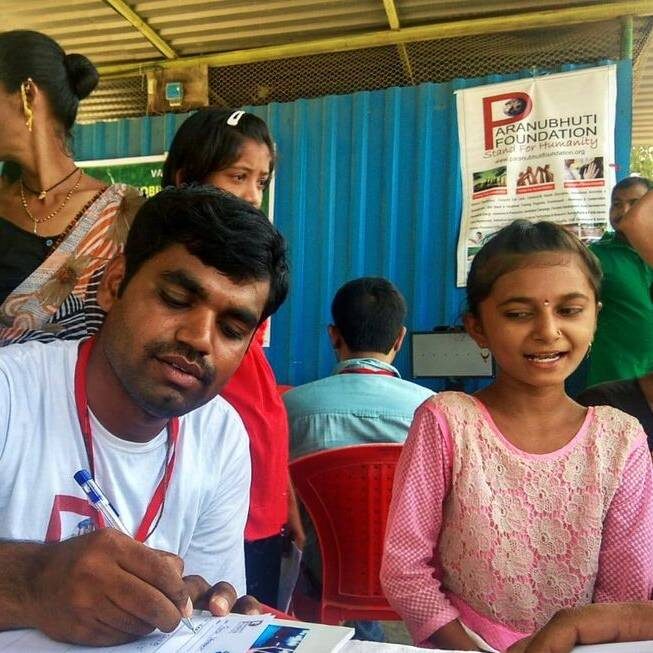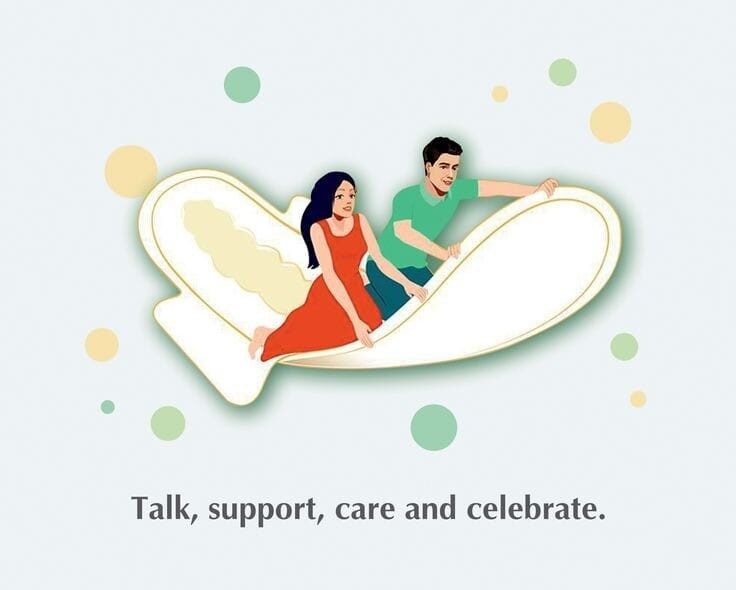Volunteering: Making a Difference
Abstract
One effective way to improve the lives of others and give back to your community is through volunteering. We will look at the different kinds of volunteer opportunities that are out there, where to look for them, and the advantages and disadvantages of volunteering in this article. Set up oneself for a fulfilling journey of kindness and personal development.
Types of Volunteering Opportunities
- Community service: Contribute to your community by setting up fundraisers or volunteering at the food banks and shelters in your area.
- Environmental conservation: You can help protect and preserve the environment by taking part in wildlife conservation efforts, beach clean-ups, and tree planting campaigns.
- Educational support: Volunteer as an after-school program assistant, tutor, or mentor to help students succeed.
How to Find Volunteering Opportunities
- Local non-profit organizations
- Online volunteer platforms
- Corporate volunteering programs
Benefits of Volunteering
- Develop new skills
- Personal growth and development
- Building meaningful connections
- Make a meaningful impact
- Increased sense of purpose
Challenges
- Time commitment
- Emotional investment
- Dealing with adversity
Tips for a Successful Volunteering Experience
- Define your goals
- Choose a cause you are passionate about
- Be reliable and committed
- Stay open-minded and adaptable
Conclusion
Volunteering offers you the chance to improve the lives of others while also developing yourself, learning new things, and strengthening your ties to the community. You can improve your own life and have a long-lasting effect on the world by adopting the spirit of dedication.
“The best way to find yourself is to lose yourself in the service of others.” – M.K Gandhi

















